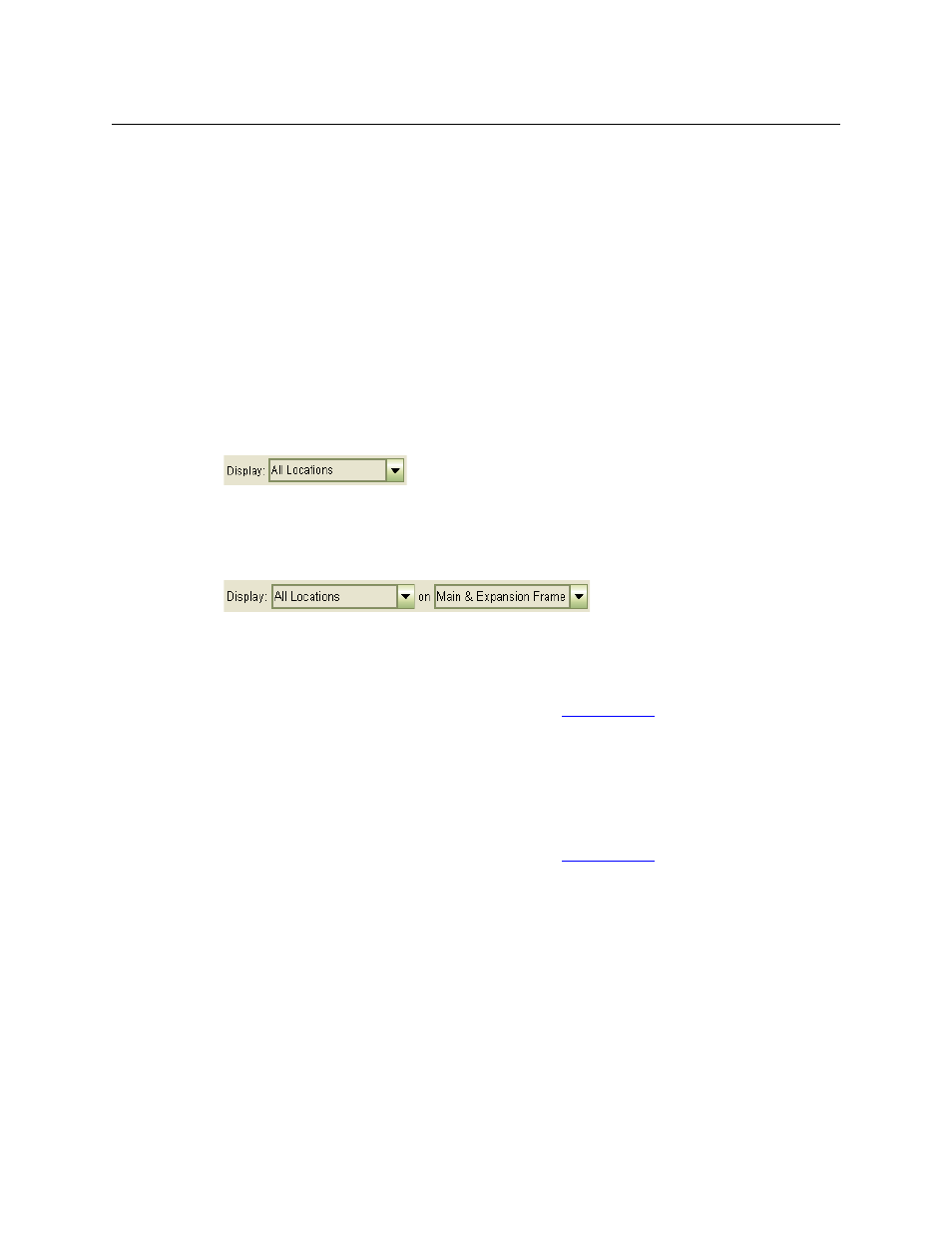Grass Valley MRC v.1.2 User Manual
Page 82

72
Configuring Routers
Module Types
The ‘Module Types’ page specifies the card types that are installed in the slots of the router or
are to be installed in the router at some future date. That you can specify a module type for a
card that is to be installed helps to ensure that the correct modules are installed in the slots.
The table includes data for all input, output, monitor, control, crosspoint, and power supply
modules. The page displays a picture of the router to the right of the table. When you select a
module, MRC highlights the card location in the picture in yellow. There are two “radio buttons”
under the picture of the router that allow you to view the router from the front or the rear. You
can scroll the router picture to view the card you selected.
Power supplies for the NV8280, NV8576, and NV8576-Plus are external and are not displayed in
the graphic.
Initially, the ‘Module Types’ page creates a list of all modules in your router frame. This is the
‘Module Type Settings’ table. This table has a row for every configurable slot in the router frame.
However, the table also has a filter so that you can restrict the display to slots of a certain type.
Choose one of the entries in the ‘Display’ drop-down menu to apply the filter:
If you are configuring an expanded NV8576-Plus, which has two frames, the table can show the
slots for both the main and expansion frames of the router. In this case, the page has an addi-
tional drop-down menu in which to choose whether to display slots for the main frame or the
expansion frame, or both:
Each table row has 3 fields, with the following meaning:
•
‘Location’
The text in this field identifies the slot in the router.
The text in this field is coded to be compact. See
•
‘Present’
A ‘Yes’ or ‘No’ in the check box of this field indicates that a card is present in the slot.
•
‘Module’
The text in this field gives the card type in the slot. If the field is blank, there is no card in the
slot.
The text in this field is coded to be compact. See
The color of the text in table of the table gives you information about the slots. The page shows
a key, at the top right, to these color codes in case you forget:
•
Red text — the table entry shows an unexpected module change.
Either a card of a different type has been inserted in the slot or the card has been removed
from the slot.
For cards that have been removed, the ‘Module’ field can be modified
—
the field has a drop-
down menu.
The key at the top of the page reads: ‘Unexpected Module Change in Location.’
•
Black text — the table entry matches what is in the slot.
Bold black text means that the slot has an actual card of the indicated type. Fields with bold
black text cannot be modified.
